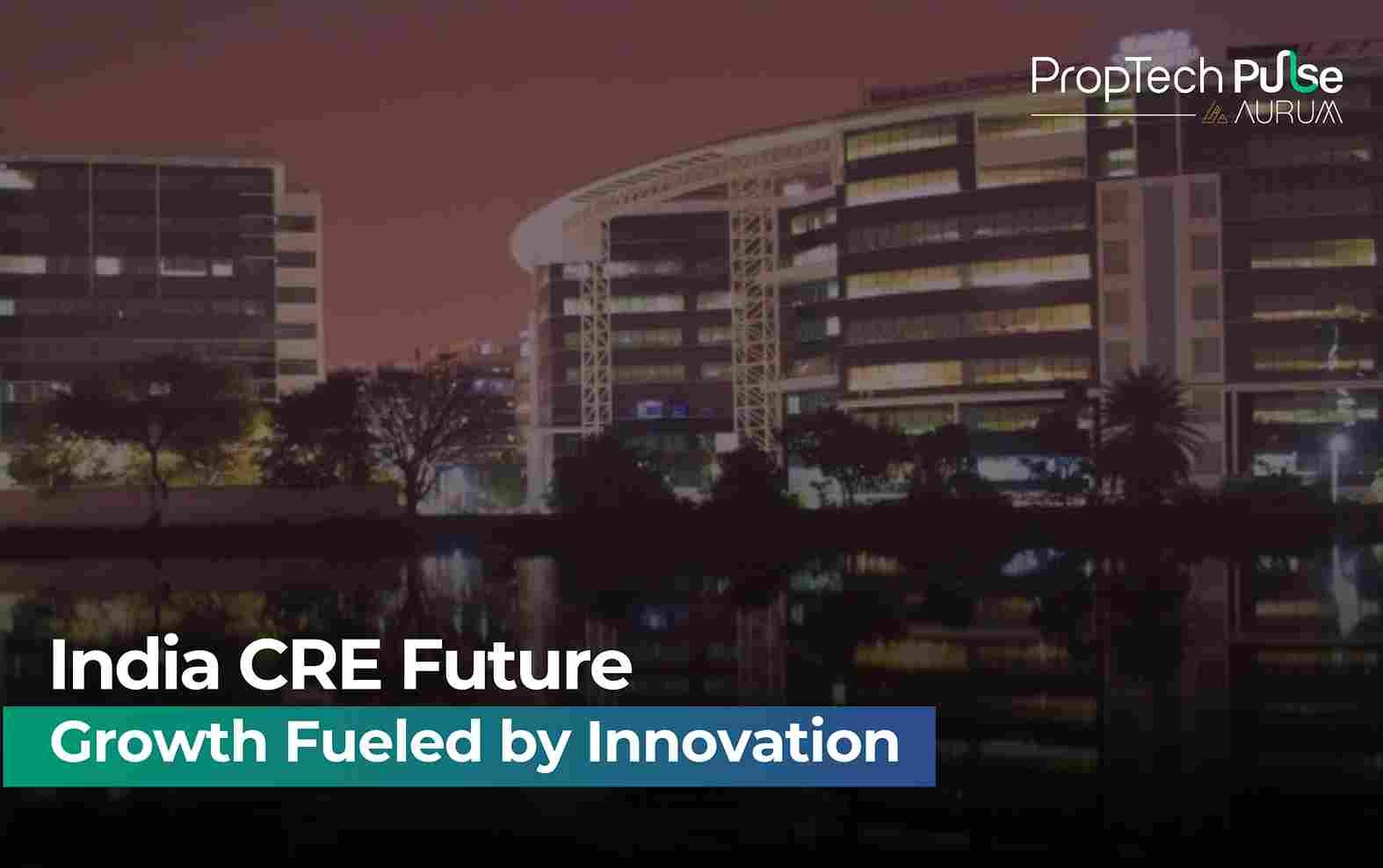
India’s Commercial Property Market Poised for Explosive Growth
The future is bright for India’s commercial real estate market, which is transforming rapidly and scaling new peaks. According to the latest analysis by IMARC Group, the market stood at an impressive USD 49.80 billion in 2024. But projections are even more compelling: by 2033, the market is expected to touch USD 253.32 billion—a nearly fivefold expansion—driven by a robust 19.81% CAGR.
Transformative Trends Shaping India’s Market
India’s commercial real estate sector is being redefined by modern work patterns, evolving technologies, and steady economic growth. The rush for flexible workspaces is reshaping offices in metropolitan centers like Mumbai, Bengaluru, and Delhi-NCR. Co-working hubs are mushrooming, offering cost-effective, scalable solutions for businesses of all sizes.
Green buildings are another major focus, with LEED and IGBC certifications signaling a commitment to sustainability and attracting environmentally conscious corporate tenants. The integration of smart building technologies, IoT ecosystems, and energy-efficient systems continues to enhance tenant experience and operational efficiency.
In parallel, India’s retail sector is witnessing a revival. Mixed-use developments, experiential malls, and rising logistics and warehousing needs (especially in tier II and III cities) are being fueled by the e-commerce boom and new manufacturing initiatives, including the Make in India drive.
Surge in FDI and REIT Popularity
A pivotal driver is foreign direct investment (FDI), buoyed by trust in India’s economic fundamentals and investor-friendly policies. The arrival of REITs (Real Estate Investment Trusts) is also boosting market liquidity, enabling both retail and institutional investors to participate with ease. Data centers, co-working spaces, and warehousing have become FDI hotspots, especially as international businesses seek a resilient and resourceful Indian marketplace.
New Growth Engines: Urbanization & Infrastructure
India’s ambitious infrastructure projects, such as the Smart Cities Mission and new industrial corridors, are unlocking opportunities well beyond metros. Cities like Bengaluru, Hyderabad, and Pune are leading in office absorption due to thriving tech and start-up cultures.
Meanwhile, the growth of tier II and III cities is accelerating, supported by lower operating costs and increasing demand for modern logistics and warehousing. The result? A deep and diverse marketplace, with opportunities spanning offices, retail, and logistics assets.
Comprehensive Overview & Opportunity
The IMARC Group report (titled India Commercial Real Estate Market Size, Share, Trends and Forecast by Type, End Use, and Region, 2025-2033) provides stakeholders with:
- Historical and future market size analysis
- Competitive landscape (Porter’s Five Forces, SWOT, benchmarking)
- Revenue estimates for each market segment
- Segmentation by type (rental, sales), end use (offices, retail, leisure), and region (north, south, east, west)
- Key drivers, challenges, and market ecosystem mapping
- Strategic approaches for both market leaders and new entrants
Why Choose IMARC Group?
With a proven record of precise forecasting, insightful research, and client-centric solutions, IMARC Group empowers industry players to navigate India’s dynamic commercial real estate environment.
Unlock the Latest in Real Estate
News, Infographics, Blogs & More! Delivered to your inbox.
“Data that drives action. Insight that inspires action. Technology that empowers action.“
“Data that drives action.
Insight that inspires action.
Technology that empowers action.“









